Hotshot Hoteliers
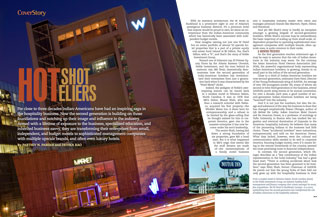
For close to three decades Indian-Americans have had an inspiring saga in the hospitality business. Now the second generation is building on those foundations and notching up their image and influence in the industry. Armed with a lifetime of exposure to the business, specialized education, and inherited business savvy, they are transforming their enterprises from small, independent, and budget motels to sophisticated management companies with multiple upscale brands, and often even luxury hotels.

With its standout architecture, the W Hotel in Buckhead is a prominent sight in one of Atlanta’s prestigious business districts. It’s a premium hotel that anyone would be proud to own, let alone an entrepreneur from the Indian-American community which has historically been associated with independent budget motels.
Now imagine owning not just one W Hotel but an entire portfolio of almost 50 upscale hotel properties that is a part of a private equity real estate fund valued at $2 billion. Yes, that’s billion with a “b”, and that’s the story of Noble Investment Group.
Named one of Atlanta’s top 20 Private Equity Firms by the Atlanta Business Chronicle, Noble Investment, and the man behind its meteoric rise, Mit Shah, dramatically demonstrates how the second generation of India-American hoteliers has revolutionized their enterprises from just a generation back when it was characterized by the “Patel-Motel” cliché.
Indeed, the pedigree of Noble’s awe-inspiring stature can be traced back to a modest motel in Winston Salem, North Carolina. It was in 1978 that Mit’s father, Bharat Shah, who was then a research scientist with Nabisco, acquired his first property—the Winkler Motor Inn. A sheer bent for entrepreneurship and a refusal to be limited by the glass-ceiling that he thought existed for him in corporate America, gave rise to the massive enterprise it has now become under his son’s leadership.
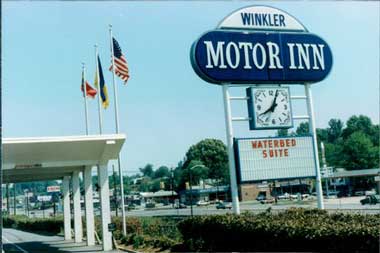
From a modest motel in Winston Salem, North Carolina (left) to the Noble Investment Group, an industry leading hotel management and finance company that counts amongst its many fine acquisitions the W Hotel in Buckhead, Georgia (above) —it's a story symbolizing how the second generation has transformed the role of Indian-Americans in the hospitality industry.
The senior Shah, having laid down a strong foundation of six properties, gave Mit a head start. But it is what happened in Mit’s reign that seems like the stuff dreams are made of—the metamorphosis of a family motel business into a hospitality industry leader who owns and manages premium brands like Marriott, Hyatt, Hilton, and Starwood.
And yet Mit Shah’s story is hardly an exception amongst a growing brigade of second-generation hoteliers. While Shah’s success may be extraordinary, the basic trajectory of scaling up from small-scale, independent properties to operating sophisticated management companies with multiple brands, often upscale ones, is quite common in their ranks.
A growing presence
As the first generation reaches retirement age, it may be easy to assume that the role of Indian-Americans in the industry may wane. On the contrary,
the Asian American Hotel Owners Association (AAHOA), the powerful organizational body representing Indian-Americans hoteliers, is growing, thanks in no small part to the influx of the second generation.
Close to a third of Indian-American hoteliers are now second-generation, estimates Dave Patel, Director of the Young Professionals wing of AAHOA. An average of over 200 youngsters (under 30), many of whom are second or even third generation in the business, attend AAHOA’s youth wing events at its annual convention. For over a decade, each year, a good number of second-generation Indian-American hoteliers are being “launched” into the industry.
And it is not just the numbers, but also the image and substance of the way the business is done that has changed emphatically. Pawan Dhingra, author of Life Behind the Lobby: Indian American Motel Owners and the American Dream, is a professor of sociology at Tufts University in Boston who has studied the migration and eventual domination of Gujaratis in the American hospitality industry. He believes that many of the pioneering Indians in the business had little choice. These “accidental hoteliers” were industrious, entrepreneurial, and sold on the American Dream. What they lacked, however, were the cultural and communication skills needed to do well in corporate America. Running budget motels, even if it meant living in the remote hinterlands of the country, seemed the most promising route to financial independence.
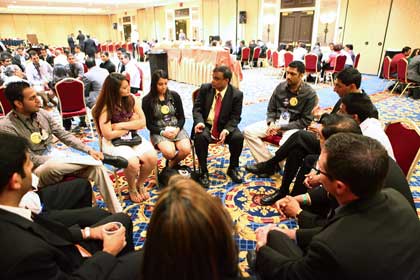
Dynamic hoteliers in the making: over 200 youngsters (under 30) participate at AAHOA’s annual convention, learning the tricks of the trade from veterans. (Photo: Courtesy, AAHOA)
In contrast, the second generation, which Dhingra describes as a “key constituency of the Indian representation in the hotel industry,” has had a great head start. “There is nothing accidental about how the second-generation has been groomed to be hoteliers,” says Nitin Shah, former Chairman of AAHOA. He points out that the young Turks of their fold not only grew up with the hospitality business in their blood, but also come armed with degrees in management, hospitality, and finance. Educational grooming in the U.S., coupled with their life-long exposure to the business, has provided them a competitive edge that their parents did not have.
Expanding horizons
“A generation of Indian immigrants used elbow grease and extended family networks to make it in the hotel business. Now their children are using high finance, advanced marketing tools and haute style to take their businesses to the next level,” reads an article in the Real Deal, a real estate industry publication.
“The first generation got into this for survival, a way to make money,” says Chandakant (“CK”) Patel, also a past chairman of AAHOA. But, he adds, they labored hard to forge ties in the industry, fight against discriminatory practices, and create strong institutions such as the AAHOA. “The second generation,” observes Patel, “has received all of this foundation on a silver platter.”
Considering this strong base, it is hardly surprising that the new breed are fast expanding their horizons, and in the process reshaping the industry itself. Referring to this phenomenon, Joel Millman writes in his book, The Other Americans: How Immigrants Renew Our Country, Our Economy, and Our Values, that this group “took a sleepy, mature industry and turned it upside down.”
Take one example of what happens when the empowered youngsters capitalize on the experiences and sensibilities they inherited. While moving towards corporate and professional structures, these savvy youngsters haven’t entirely abandoned the lessons of frugality they learnt from their predecessors. According to Arun Upneja, Ph.D., associate professor of hospitality management at Penn State, “The dominant influence has been the elimination of middle management from the hotels as the owners self-manage the properties. The result has allowed them to keep hotel rates below inflation for a long time, allowing to keep the industry’s travel costs low.”
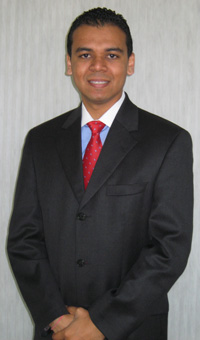
Dave Patel, recently named in the “Top 30 under 30” by Hotel Management magazine, is the Director of the Young Professionals wing of AAHOA. He estimates that close to a third of Indian-Americans in the industry are now second-generation.
In other cases, implementing middle management where none existed before is a formula for growth that the new generation is particularly good at, too. Dave Patel personifies this group when he talks about how he had the opportunity to manage one of theirfamily’s struggling hotels after graduating from college. “It has been ten years now, and we have moved from mom and-pop operations to owning and managing six hotels in the Tampa Bay area. Operations like accounting, purchasing, and HR for each of these hotels are centralized through our management company. We have completely transited into a different way of operating hotels,” says Patel. Citing an example, he says, “Just 10 years ago, our rating strategy was very bland. There was essentially the same rate throughout the year. Now we have a separate division for revenue management which is changing the rates on an hourly basis for most of our hotels. And then of course there are seasonal rates.”
It can be safely said that the motivation behind the first and second generation’s pursuit of this industry is vastly different. For the former, it was a mode of survival and a way to provide a better opportunity for themselves and their children. For the latter, the goal is to catapult informally-run family operations into professional corporate entities. In the process, many of them are also creating empires of upscale and luxury brands that were hardly imaginable a generation ago.
Recognizing the potential of the new crop of Indian-American hoteliers, upscale brands are reaching out to them. Marriott recently partnered with AAHOA’s youth group to host an exclusive two-day event at its headquarters. Only a select group of a dozen “under-30” youngsters in AAHOA were invited to the “Marriott Ownership Summit” where they were exposed to corporate strategies for site selection, construction, revenue management, operations, marketing, financing—the whole nine yards of being in the business and working with a solid brand. “I have seen multiple brands approach us in the same way,” says Dave Patel.
Dave Patel was recently named in the “Top 30 under 30” by Hotel Management magazine. The more seasoned second generation leaders like Mit Shah, S. Jay Patel of North Point Hospitality, and several others are frequently written up about and recognized in the industry. As a result, upper management at several big brands has an eye on this group.
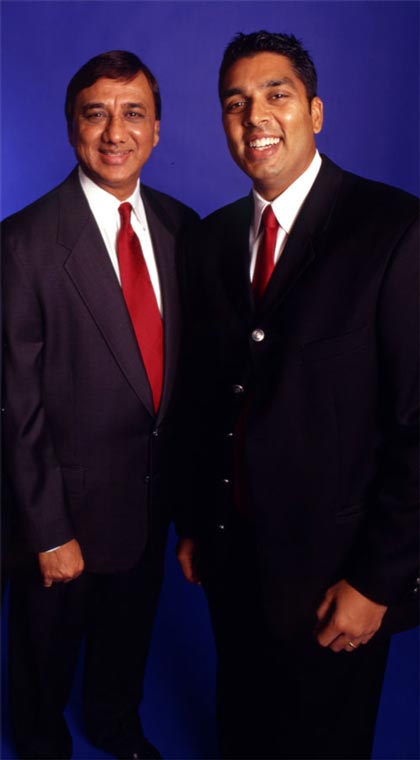
Bharat Shah passed on the baton to his son, Mit, who now heads the Noble Investment Group, named one of Atlanta’s top 20 Private Equity Firms by the Atlanta Business Chronicle. It owns and operates upscale and luxury brand hotels through its private equity real estate fund valued at $2 billion.
Stepping up their presence in the upscale segment is a key divergent trend amongst desi hoteliers. However, budget hotels undoubtedly continue to be the mainstay of Indian-owned properties. According to estimates, over 60 percent of mid-sized motels and hotel properties all over the U.S. are owned by people of Indian origin. But regardless of market segment, the difference lies in the contrast between how the business was once run, and how it is run by the newer and younger operators.
The new breed sees themselves as innovators and leaders of the industry—a far cry from the previous generation that was shackled with an image that had prompted “American Owned” signs—imposing a stigma associated with the fledgling properties they owned.
“The kids are improving upon what their parents did by utilizing their knowledge and network,” observes Dhingra. As successful as Bharat Shah of Noble Investments had been, it was Mit, with his finance degree and scalability acumen that grew the company from a capitalization of $5 million to over $300 million in just over a decade. Mit has been frequently cited as an innovator and a key figure in the hospitality industry. A recent article in Hotel Business acknowledged that while Mit Shah “gives the impression of being the eager- beaver young guy,” he is considered “one of the lodging industry’s key players.” He is a frequent speaker at industry conferences. He is also the president of the franchise board for Marriott International, a board member of the Lodging Industry Real Estate and Finance Advisory Council and a board member for the Metro Atlanta Chamber.
A similar passion to rethink their business model and realize their lofty goals through outreach and engagement is seen in many of the new generation entrepreneurs.
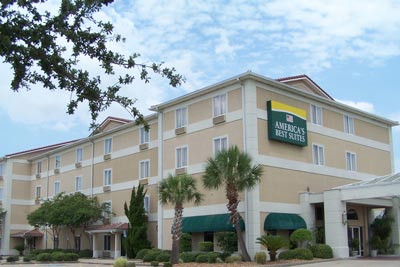
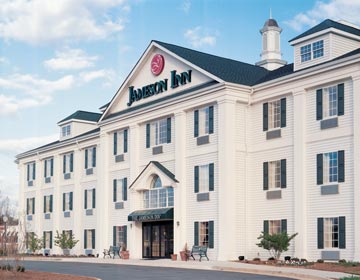
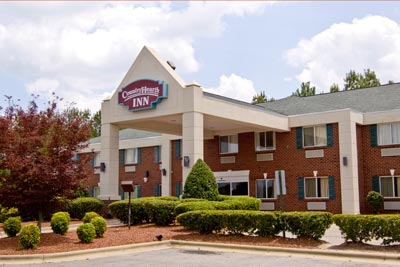
Of course the saga of the rising second-generation hoteliers is not universal by any means. Not all among the younger set are gung-ho on the business that they grew up in. Amongst the pioneering generation, laments are often heard that their children are not interested in taking over their enterprise, whether struggling or thriving. And many in the new generation indeed find fulfillment in other careers. More often, though, the tug of a lucrative family business never entirely fades away.
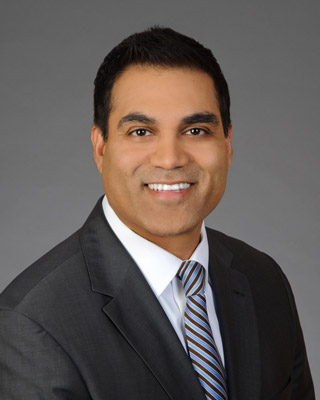
Growing up, Nick Lakha of Paramount Hospitality had seen the grueling hours his parents kept while operating a motel. And he was sure he didn’t want to be in the business. But after stints in management and real estate, Lakha was pulled back into hospitality. “I didn’t turn away from the industry as a whole,” says Lakha. “I wanted to bring a different knowledge to the industry.”
Like Lakha, many have rebounded to the industry. Dhingra cites an owner who started out as environmental engineer only to return to hospitality. This owner also knows doctors and lawyers who quit their practices to come back to an industry that seems to have so much to offer them. “There is a definite trend of self-employment, selfownership, and self-economy,” adds Dhingra about these people.
Sometimes the diversion to other fields ends up benefiting their return into the hotel business. Before Lakha came back to his family business, his travel experience exposed him to ways of hospitality that changed his experience and approach to the industry. “I was exposed to budget motels and luxury brands,” he says. Inspired by the various approaches he saw in how hospitality companies were run, he leveled with his father about coming back into hospitality business by saying that he had no intentions of a “small-town Alabama” operation. Today, Lakha’s ambitious proclamation has come to pass. His company boasts a portfolio of $50 million in properties—several Hampton Inns and a Hilton Garden Inn. “I am never satisfied with the status quo because I believe things can always be done better—for our guests, our team members, and our financial partners,” says Lakha in an interview with Asian Hospitality.
Nikunj “Nick” Lakha (pictured) remembers telling his father, when getting into the business, that he had no intentions of running a “small-town Alabama” operation. Today, his company, Paramount Hospitality Management boasts a portfolio of $50 million in properties—several Hampton Inns and a Hilton Garden Inn.
Sure, not all appraisals are rosy for these eager apprentices. “The playing field is a bit different today,” says Lakha. “It is difficult to enter this industry if you don’t have some sort of track record. You have to be very vigilant. Unlike our parents, the second-generation is in acquisition and developments. But as more Indian-Americans want to get involved with the industry, it may be harder today because of the economy.”
If the new crop lacks one thing, it is the wisdom of the first generation. “Interact with the first generation and learn from them,” advises CK Patel. “They cannot grow without knowing the troubles we had to go through. The first generation went in blind-folded. The advantage is to put our knowledge to work.”
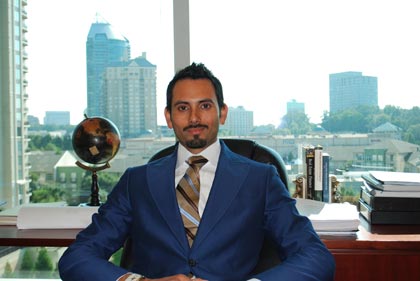
Rakesh Chauhan of the Banyan Investment Group built upon his father’s success by implementing an aggressive growth plan that has propelled their company, Banyan Investment Group, to developing over $100 million in hotel assets.
Despite the challenges, by all accounts, it seems the new generation has heeded that advice. Nationwide there are quite a few powerhouses where the second generation has either revolutionized the family business, or are playing a major role in it. Hersha Hospitality Trust is a publicly traded company that, even though heavily influenced by its founder Hasu P. Shah, has seen a successful transition in the rise of Shah’s two sons, Jay and Neil. Locally, besides Mit Shah and Nick Lakha, there are young Turks like Rakesh Chauhan of the Banyan Investment Group, who built upon his father’s success by implementing an aggressive growth plan to help the company reach new levels of success through acquisitions, development, and market and investments analysis. Banyan Investment Group has developed over $100 million in hotel assets. S. Jay Patel of North Point Hospitality joined the company in 1991 after graduating from Winthrop University with a B.S. degree in marketing. Since that time, the company has developed 19 hotels from the ground up, with a total project cost of over $250 million.
Dr. Marc Clark, a hospitality industry veteran of over 27 years, observes, “[The Indian culture] is very organized, focused, and goal-oriented. The culture’s mindset for business has to be respected. The statistics over the past 20 years speak for themselves.” Speaking of the new crop of these entrepreneurs, he says, “They have had the opportunity to learn the industry inside-out via family ownership, partnerships, higher levels of academic achievements, and more. The second generation will move the industry forward because they are innovative, creative thinkers, tech savvy, and risk takers.”
Enjoyed reading Khabar magazine? Subscribe to Khabar and get a full digital copy of this Indian-American community magazine.
blog comments powered by Disqus










